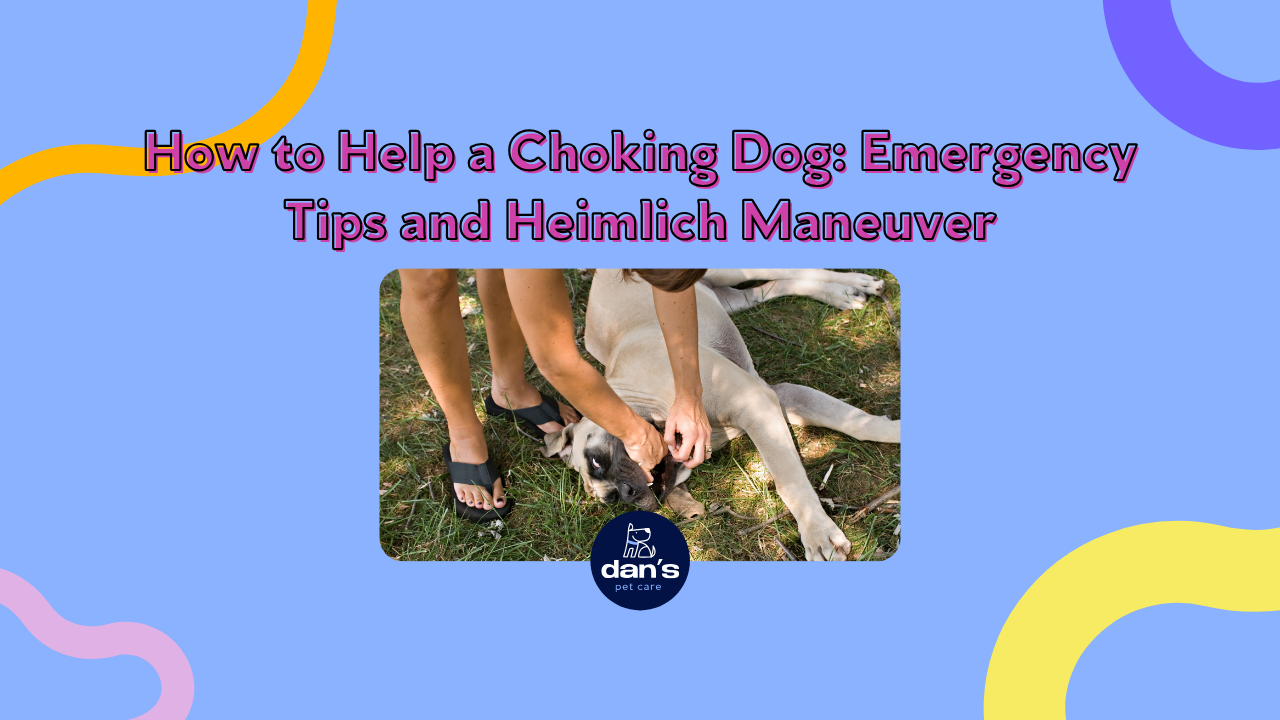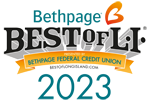As spring blossoms into the warm embrace of summer, the air fills with the enticing aroma of outdoor barbecues. Families and friends gather to enjoy the sunshine, grilling favorites like chicken, which often unfortunately means bones and other potential hazards are more prevalent around our playful pets. With the increase in outdoor activities, toys, rocks, and various small objects can become serious choking hazards for our furry companions.
For dog owners, this festive season also brings the responsibility of extra vigilance to ensure their pets’ safety. Being prepared for any potential choking incidents is crucial, as quick action can save your dog's life. This article aims to equip you with the necessary knowledge and steps to effectively respond if your dog ever faces such a distressing situation. Let’s ensure your summer celebrations are safe and enjoyable for everyone, including your four-legged family members.
If you suspect your dog is choking, it's crucial to act quickly and calmly to assess the situation and help your pet. Here’s what you can do:
1. Stay Calm
Your calmness can help soothe your pet, making it easier to assess and resolve the situation.
2. Check for Obvious Obstructions
Open your dog's mouth carefully and look inside. Use a flashlight if necessary to see clearly.
If you see an object and you can easily remove it without pushing it further down the throat or causing injury, use your fingers to gently pull it out. Be cautious as a choking dog may panic and accidentally bite.
3. Don't Induce Vomiting
Do not try to make your dog vomit. This can cause the object to become lodged more deeply.
4.Performing the Heimlich Maneuver on Dogs
For Small Dogs:
Lift the Dog: Carefully pick up your small dog and turn them so their back is against your chest.
Make a Fist: Place one hand in a fist and position it just beneath the rib cage, in the soft area under the dog's abdomen.
Perform Abdominal Thrusts: With your fist, give quick and firm thrusts upward and forward. This motion is intended to exert enough pressure to expel the object from the dog's airway.
Repeat if Necessary: If the object does not dislodge on the first try, repeat the thrusts a few more times.
For Large Dogs:
Position the Dog: If the dog is too large to lift, you need to perform the maneuver while they are standing on all fours. If the dog is unconscious, gently lay them on their side.
Stand Behind the Dog: Stand behind your dog if they are standing. If they are lying down, kneel beside them.
Find the Correct Position: Locate the abdomen just below the rib cage.
Make a Fist and Perform Thrusts: Place your fists against the dog’s abdomen, just below the rib cage. Push upward and inward with quick, firm thrusts.
Repeat if Necessary: Continue to perform these thrusts until the object is expelled or until you can take the dog to a veterinarian.
For Unconscious Dogs:
Open the Mouth and Look for Obstructions: Carefully open the dog's mouth and look for any visible obstructions. If you see an object, attempt to remove it with your fingers if it is safe to do so.
Perform Rescue Breaths: If the object is not visible or cannot be reached, close the dog's mouth, hold it shut, and give a few rescue breaths by breathing into the dog's nose. Watch for the chest to rise, indicating air is entering the lungs.
Continue with Abdominal Thrusts: If the dog remains unconscious and the object is not expelled after attempting rescue breaths, perform abdominal thrusts as described above.
Important Considerations:
Be Gentle: While urgency is crucial, it's important to be as gentle as possible to avoid injuring your dog.
Seek Immediate Veterinary Care: After any choking incident, even if you believe the object has been removed, immediate veterinary evaluation is necessary. There can be internal injuries or complications from the object or from performing the Heimlich maneuver.
Understanding how to perform these procedures properly can make a significant difference in a choking emergency. Always exercise caution and consult with a veterinarian for training on these techniques if possible.
5. Check for Breathing
After the obstruction is removed, watch your dog closely for any signs of distress or continued difficulty breathing. Even if the object was removed, there can be residual damage to the throat or airway.
6. Seek Veterinary Help Immediately
Even if you successfully remove the object and your dog seems to be breathing normally, it’s critical to visit a vet as soon as possible. The vet can check for any internal injuries or complications that might not be immediately obvious.
7. Prevention Tips
To prevent choking:
Always supervise your dog during mealtime and when they are playing with toys.
Avoid giving your dog small toys or toys that can be easily broken into smaller pieces.
Keep small objects and other potential choking hazards out of reach.
Choking can be a frightening situation for both you and your dog. Knowing what to do can make a critical difference in emergencies. Always follow up with a veterinarian, even if your dog appears to have recovered, to ensure their health and safety.
Important Disclaimer
Please be aware that the guidance provided in this article is for informational purposes only and should not be considered a substitute for professional veterinary advice. While we at Dan's Pet Care are dedicated to promoting pet safety and well-being, we are not veterinarians.
If your dog is choking or you suspect they have ingested something harmful, it is crucial to seek immediate veterinary attention. A professional veterinarian can provide the necessary medical care and ensure that your pet receives the best possible treatment. In emergency situations, timely and professional veterinary intervention can be life-saving. Always prioritize contacting a veterinarian if your pet is in distress.





